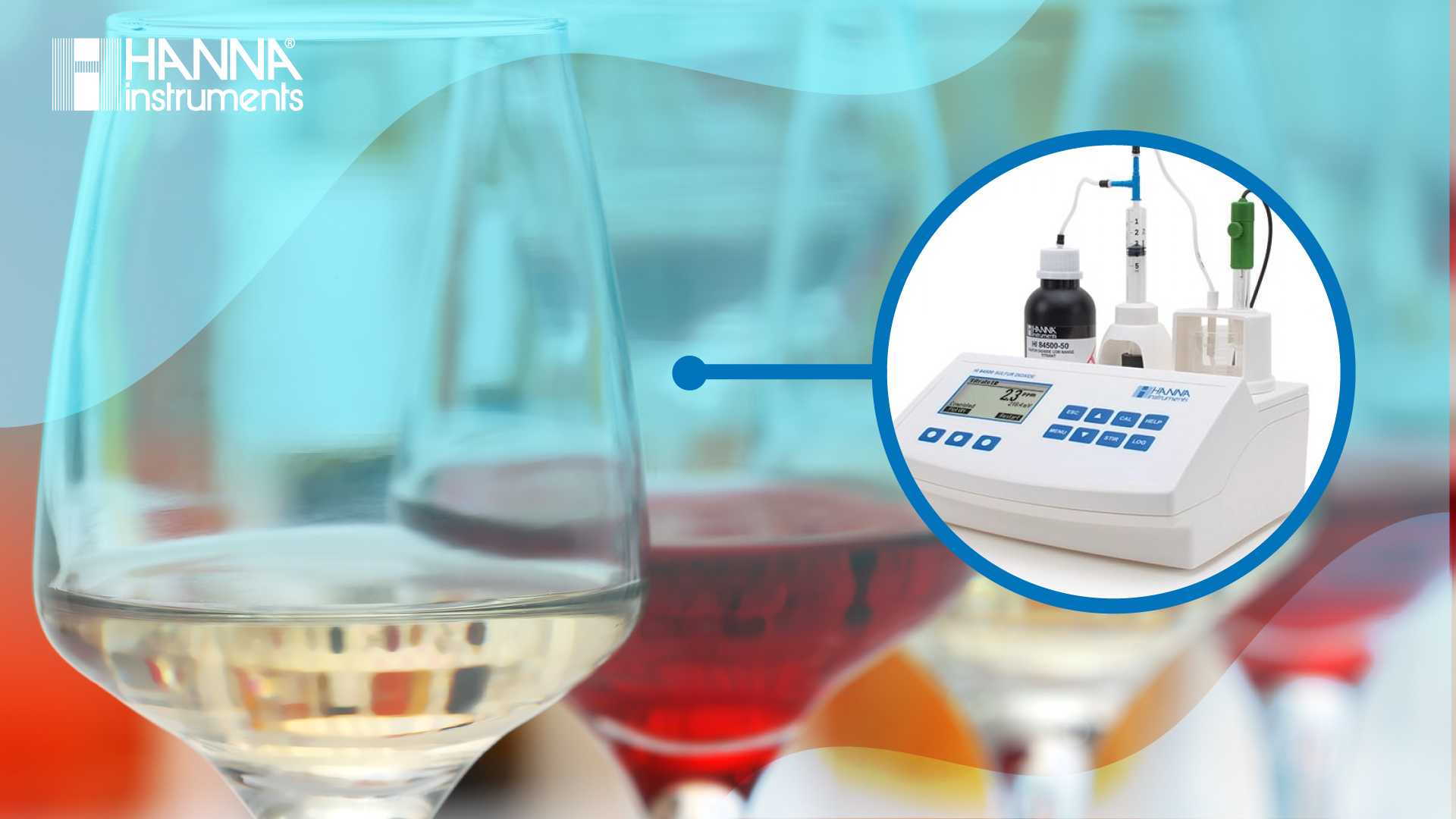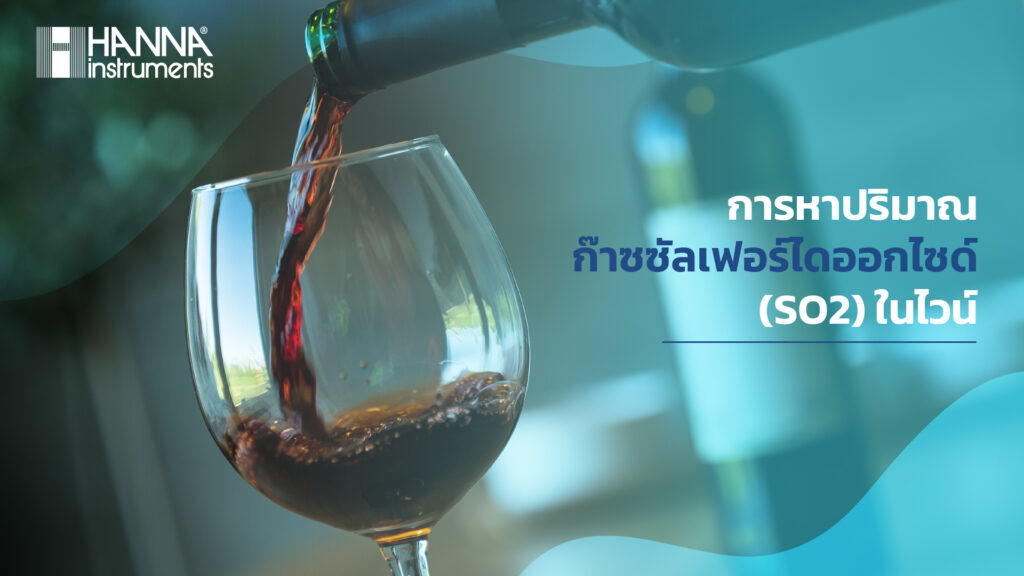No products in the cart.
Measuring Concentration Chemicals
Sulfur dioxide (SO2) I determination in wine (Wine)
Sulfur dioxide (SO2), also known as “sulfur,” is a gas that is invisible to the naked eye and has an unpleasant odor. It dissolves well in water and alcohol. It frequently reacts with other substances to form hazardous compounds such as sulfuric acid, which can be extremely corrosive. When touched, it produces a burning sensation as well as injury. SO2 levels in the atmosphere are typically around 0.02-0.1 mg/L, but if they are elevated, 99 percent of it is due to man-made sources such as electricity generation, the use of coal or oil, and so on.
Sulfur dioxide or sulfuric anhydride is used in the food industry to help extend the shelf life of fruits and vegetables. without altering the flavor Wine contains trace amounts of sulfuric anhydride. to prevent fermentation and the production of acetic acid Simultaneously, sulfuric-anhydride increases the shelf life and flavor of beverages. As a result, sulfur dioxide preservation of wine is required in food production.
SO2 gas content must be controlled in the wine industry because it is a chemical additive widely used in winemaking as well as to kill unwanted microorganisms. Prior to the wine being aged or bottled. The amount of sulfur dioxide added must not exceed the legal limit. Most wines will have the words “Contains Sulfites” printed on the back of the bottle
label. Even the bottled wine contains no more sulfur dioxide than is required. Asthmatics, on the other hand Sulfite allergies can cause food allergies or headaches.
The right amount of sulfur dioxide in wine
The consumption of sulfur dioxide is acceptable. Because it is now widely used in both The consumption of sulfur dioxide is acceptable. Because it is now widely used in both dried fruit and wine production. However, the wine industry standard TIS 2089-2544 must not be exceeded. The World Health Organization (WHO) has determined that the sulfur dioxide content does not exceed 300 mg/dm3 and has set a safety value. The amount received should not exceed 0.7 mg/person/day; however, the dosage that should be taken varies by country. To increase the quantity or quality of wine consumed.
Adverse reactions following exposure to sulfur dioxide in excess of the norm
– harms the kidneys The gas that enters the bloodstream irritates exposed cells in the liver, spleen, and kidneys. or, in extreme cases, fatal
– nausea and vomiting I constantly feel the urge to vomit.
– Dizziness, headache, pallor of the face, and numbness
– palpitations, vertigo
– Sore throat, inability to swallow saliva
– Coughing to the point of suffocation
– Inflammation of the nasal mucosa
There are currently several methods for quantifying sulfur dioxide. The titration technique, on the other hand, is a popular method for measuring SO2 in wine. because it is a method that produces accurate results and is intended for use in factory laboratories Alternatively, the wine industry uses it to control SO2 content in order to meet legal requirements.

Hanna Instruments (Thailand)
Leading measurement instrument maker
WITH GREAT PRODUCTS, COME GREAT RESULTS.
Email Addresses
info@hannathaicom
CONTACT US
Line : @hannathailand
FB : HannaThailand
